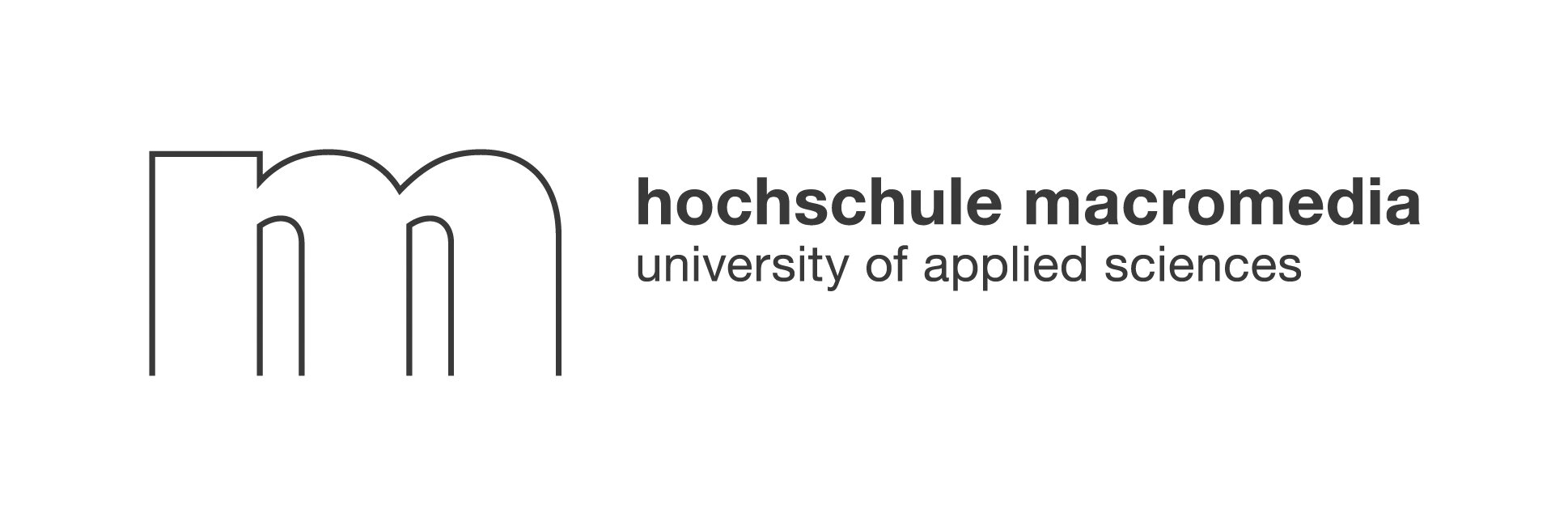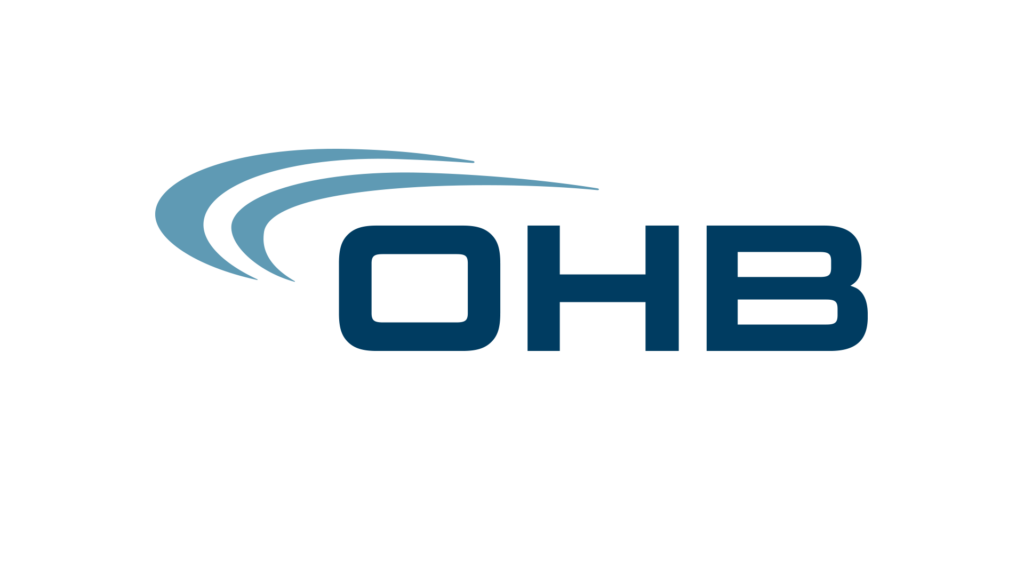In 2025, employee engagement and retention are more than just HR buzzwords—they’re the critical foundation for thriving organizations. As hybrid and remote work become the norm, companies face a new challenge: how to keep employees genuinely connected, motivated, and loyal when traditional engagement tactics fall flat. If you’re wondering why your carefully planned team-building events or all-hands meetings aren’t moving the needle, you’re not alone. The real solution lies in reimagining how employees connect and feel valued at work.
This article explores the deep link between employee engagement and retention, why old-school programs often miss the mark, and how innovative solutions like Neroia’s AI-powered micro-events are transforming workplace culture. By the end, you’ll have a clear roadmap for fostering a workforce that’s not just present—but passionately engaged and eager to stay.
Why Employee Engagement and Retention Matter in 2025
The cost of turnover today
Employee turnover is more than an inconvenience—it’s a direct hit to your bottom line. According to Gallup, replacing an employee can cost 50% to 250% of their annual salary, factoring in recruitment, onboarding, and lost productivity. For companies with hundreds or thousands of staff, the numbers quickly add up to millions each year.
But the financial cost is only part of the story. When a valued employee leaves, they take with them institutional knowledge, customer relationships, and team morale. High turnover can trigger a domino effect, causing remaining staff to question their own engagement and future with the company.
“U.S. businesses lose $1 trillion every year on voluntary turnover.”
— Gallup, Workplace Analysis
How engagement fuels productivity and profits
Engaged employees don’t just stick around—they drive results. Gallup’s research shows that highly engaged teams see 23% higher profitability, 18% higher productivity, and up to 51% less turnover compared to disengaged teams. Engagement is the secret ingredient that transforms everyday work into shared purpose and innovation.
When employees feel connected to their work, their colleagues, and the company mission, they’re more likely to go the extra mile, deliver better customer experiences, and champion the organization’s goals. In short, employee engagement and retention are the levers that power business growth in 2025.
Key Drivers of Employee Engagement
Purpose and meaning at work
Today’s employees crave more than a paycheck—they want to feel their work matters. Purpose-driven organizations inspire loyalty by connecting daily tasks to a bigger mission. When people understand how their role contributes to something meaningful, engagement naturally rises.
This sense of meaning is especially vital in hybrid and remote settings, where physical distance can make it easy to lose sight of the bigger picture. Leaders must communicate vision consistently and help each employee see their unique impact.
Manager relationships and real-time feedback
The relationship between employees and their managers is the single biggest driver of engagement. According to Gallup, managers account for 70% of the variance in team engagement. Employees who receive regular, constructive feedback and feel supported by their leaders are more likely to be engaged and stay with the company.
In 2025, real-time feedback is essential. Annual reviews are out, replaced by frequent check-ins, recognition, and two-way conversations. This approach not only boosts morale but also helps managers spot and address disengagement before it leads to turnover.
Career growth, learning and development
A lack of career development is one of the top reasons employees leave. In fact, 63% of workers say they’ve left a job due to inadequate growth opportunities. Engaged employees need to see a future for themselves within the company, whether that’s through upskilling, mentorship, or internal mobility.
Forward-thinking organizations invest in learning platforms, talent marketplaces, and personalized development plans. When employees feel their growth is a priority, they’re far more likely to stay and contribute their best.
How Engagement Directly Impacts Retention
Engagement as an early warning signal for flight risk
Low engagement is often the first sign that an employee is considering leaving. Disengaged workers may become less productive, withdraw from team interactions, or show up only for the paycheck. By tracking engagement levels through pulse surveys and regular check-ins, organizations can identify flight risks early and intervene with support or new opportunities.
“Employee engagement is one of the strongest measures for predicting employee turnover.”
— Workday, Global Workforce Report
Lessons from high-retention companies
Companies with high retention rates share a few key practices: they foster open communication, prioritize employee well-being, and create a culture of recognition and trust. They also use data-driven tools to monitor engagement and act on feedback quickly.
For example, some leading organizations have shifted from large, impersonal events to small-group activities that encourage deeper connections. This approach not only strengthens engagement but also breaks down silos and builds lasting loyalty.
Building an Engagement-First Culture
Leadership commitment and role-modeling
Engagement starts at the top. Leaders who visibly prioritize employee experience set the tone for the entire organization. This means more than sending out motivational emails—it’s about modeling authentic behaviors, listening to feedback, and making engagement a core business strategy.
When leaders participate in engagement initiatives and share their own experiences, employees feel seen and valued. This top-down commitment is essential for lasting cultural change.
Giving employees a true voice through surveys
Regular, meaningful surveys are a cornerstone of engagement. But surveys alone aren’t enough—what matters is acting on the results. The best organizations use pulse surveys to gather real-time insights, then follow up with transparent communication and concrete changes.
Confidentiality is key. Employees need to trust that their feedback is safe and will be used to make positive improvements. Modern platforms like Neroia integrate anonymized analytics to ensure privacy while empowering HR teams with actionable data.
“By showing that any employee feedback is heard, taken onboard, and then incorporated into your ever-evolving employee engagement strategy, you’ll turn potential naysayers and leavers into active advocates for your company.”
— Workday, Employee Engagement Insights
Practical Strategies to Boost Employee Engagement and Retention
Recognition programs that actually resonate
Recognition is a powerful driver of engagement—when it’s authentic and personalized. Generic “Employee of the Month” awards rarely inspire lasting loyalty. Instead, employees want to be acknowledged in ways that reflect their unique contributions and preferences.
Leading companies are moving toward peer-to-peer recognition, real-time shout-outs, and personalized rewards. Integrating recognition tools with other engagement platforms ensures that appreciation is part of daily culture, not just an afterthought.
Flexible work, wellbeing and work-life balance
The hybrid era has made flexibility non-negotiable. Employees expect options to work where and when they’re most productive, along with support for their mental and physical well-being. Companies that offer flexible schedules, wellness programs, and genuine respect for work-life balance see higher engagement and retention.
Well-being isn’t just about gym memberships—it’s about creating a culture where employees can bring their whole selves to work, access support when needed, and avoid burnout. Small-group wellness activities, such as yoga or cycling meetups, offer a more personal and effective way to foster well-being and connection.
Internal mobility, mentoring and talent marketplaces
Career growth is a top retention driver. Organizations that make it easy for employees to explore new roles, join cross-functional projects, or connect with mentors see higher engagement and loyalty. Talent marketplaces and internal gig platforms help employees discover opportunities that match their interests and skills.
Mentorship programs, especially those that pair employees across departments or seniority levels, build bridges and open doors for professional development. When employees feel their ambitions are supported, they’re more likely to stay and grow with the company.
\[Table\] Traditional Engagement vs. AI-Powered Micro-Events
How Neroia’s AI-Driven Micro-Events Revolutionize Engagement and Retention

Traditional company-organized initiatives—think holiday parties, generic webinars, or broad wellness challenges—often struggle to build real engagement. In hybrid and remote environments, these efforts can feel impersonal, forced, or even exclusionary. Employees may join out of obligation, but genuine connection and loyalty rarely follow.
Neroia is changing the game by using artificial intelligence to create micro-events: small, interest-based gatherings (like yoga sessions, cycling meetups, or cultural exchanges) with just 3-4 participants. Here’s how this approach addresses the core challenges of employee engagement and retention in 2025:
- Personalized Experiences: Neroia’s platform learns individual preferences and schedules, curating activities that employees actually want to join. Whether it’s a lunchtime yoga class or a weekend museum trip, every event feels relevant and enjoyable.
- Effortless Coordination: AI handles the logistics, matching employees and handling invitations, so there’s no planning friction. This is especially valuable for hybrid teams, where spontaneous connections are harder to spark.
- Organic Connections: By keeping groups small and mixing participants from different departments or locations, Neroia breaks down silos and fosters authentic relationships. These micro-events create space for real conversations and camaraderie—key ingredients for engagement and retention.
- Anonymized Analytics: HR teams receive actionable, privacy-safe insights into participation, sentiment, and emerging trends, enabling them to fine-tune engagement strategies without compromising trust.
“Neroia’s AI platform helped us effortlessly discover new colleagues through yoga sessions and company runs. The micro-events felt natural, and I built friendships I wouldn’t have made otherwise.”
— OHB Pilot Participant
Integration with Engagement Tools
Neroia doesn’t operate in a vacuum. Its platform integrates with existing engagement tools—like pulse surveys and recognition platforms—to provide a holistic view of employee sentiment and participation. For example, after a micro-event, participants can provide instant feedback, which is then anonymized and shared with HR for continuous improvement.
The platform also syncs with recognition systems, making it easy to celebrate employees who foster community or lead activities. This seamless integration ensures that engagement is woven into the fabric of daily work, not just an add-on.
Real-World Impact: OHB Pilot Examples
In recent pilots with companies like OHB, Neroia orchestrated yoga sessions, company runs, and cultural meetups using AI chat coordination. Employees reported higher satisfaction, deeper connections, and a renewed sense of belonging—even in hybrid teams. The anonymized analytics revealed increased engagement scores and a drop in reported isolation.
This approach isn’t just a trend—it’s the future of workplace culture. By replacing generic, top-down efforts with personalized, AI-tailored interactions, Neroia empowers employees to take ownership of their experience and builds lasting loyalty.
Measuring Success: Metrics and Tools
Engagement survey best practices and cadence
Measuring engagement is crucial, but how you do it matters. Best-in-class organizations use short, frequent pulse surveys (monthly or quarterly) to capture real-time sentiment. Questions should be clear, actionable, and focused on what employees care about—purpose, recognition, growth, and well-being.
It’s vital to close the feedback loop by sharing results transparently and outlining next steps. When employees see their input driving change, trust and engagement soar.
Retention benchmarks, ROI and reporting dashboards
Retention metrics should go beyond turnover rates. Track internal mobility, participation in engagement activities, and the impact of new programs. Use dashboards to visualize trends and identify hotspots for intervention.
Calculate ROI by comparing the costs of turnover (recruitment, lost productivity) with the investment in engagement initiatives. Companies that prioritize engagement and retention often see significant returns through reduced hiring costs, improved performance, and higher customer satisfaction.
Action Plan: 30-Day Roadmap for HR Teams
Quick wins for weeks 1-2
- Launch a pulse survey to assess current engagement and gather input on preferred activities.
- Pilot a series of Neroia-powered micro-events (e.g., yoga, cycling, cultural meetups) targeting diverse interests and locations.
- Train managers to provide real-time feedback and recognize contributions in daily interactions.
Embedding sustainable changes in weeks 3-4
- Integrate engagement tools (surveys, recognition, analytics) with platforms like Neroia for seamless data flow.
- Analyze participation and feedback from micro-events to identify what resonates and where to expand.
- Communicate wins and next steps transparently, celebrating early adopters and sharing stories of authentic connections.
- Scale successful initiatives and continue iterating based on employee input.
“The more frequent the markers of progress and recognition, the more valued an employee will feel.”
— Workday, Employee Engagement Insights
Conclusion: The Future of Engagement Belongs to the Bold
Employee engagement and retention are no longer about one-size-fits-all programs or transactional perks. In 2025, the winners will be organizations that break down silos, foster vibrant connections, and put people at the heart of every initiative.
Neroia stands at the forefront of this revolution, using AI to curate micro-events that spark authentic relationships, support well-being, and drive business success. By integrating with existing engagement tools and prioritizing employee-centricity and privacy, Neroia offers a flexible, adaptable solution for the modern workplace.
If you’re ready to move beyond generic efforts and build a culture where every employee feels seen, connected, and committed, Neroia is your partner for the journey ahead. In the new era of work, real engagement and retention start with genuine human connection—powered by intelligent, personalized technology.




